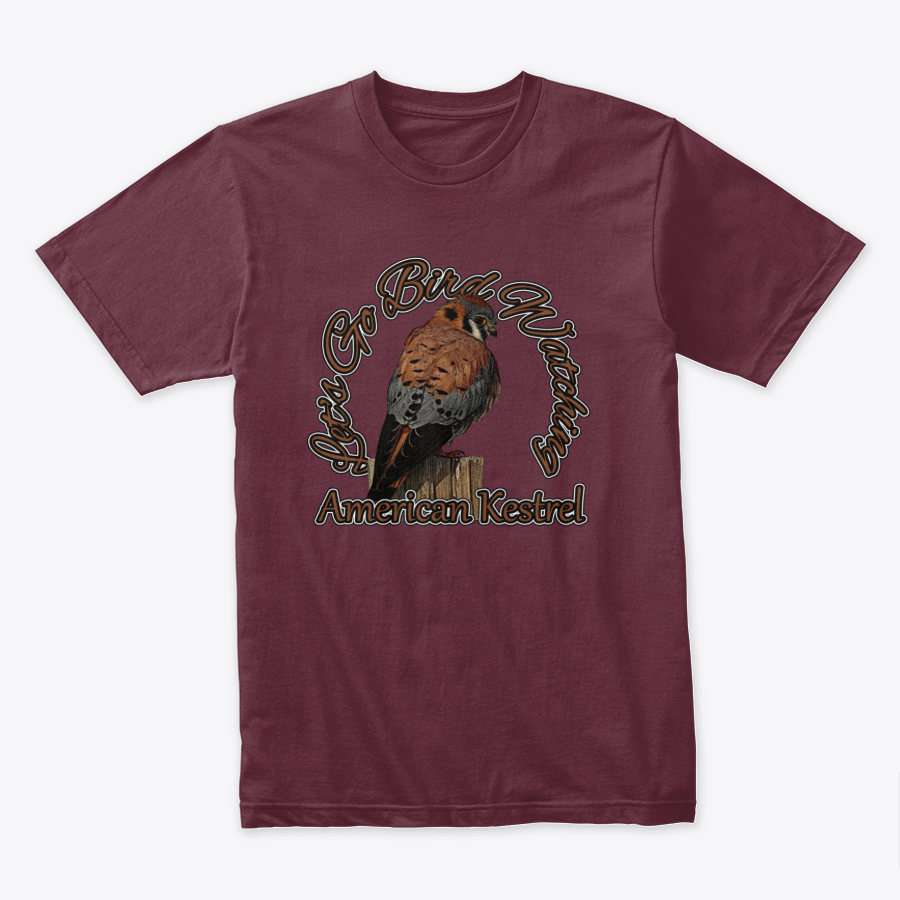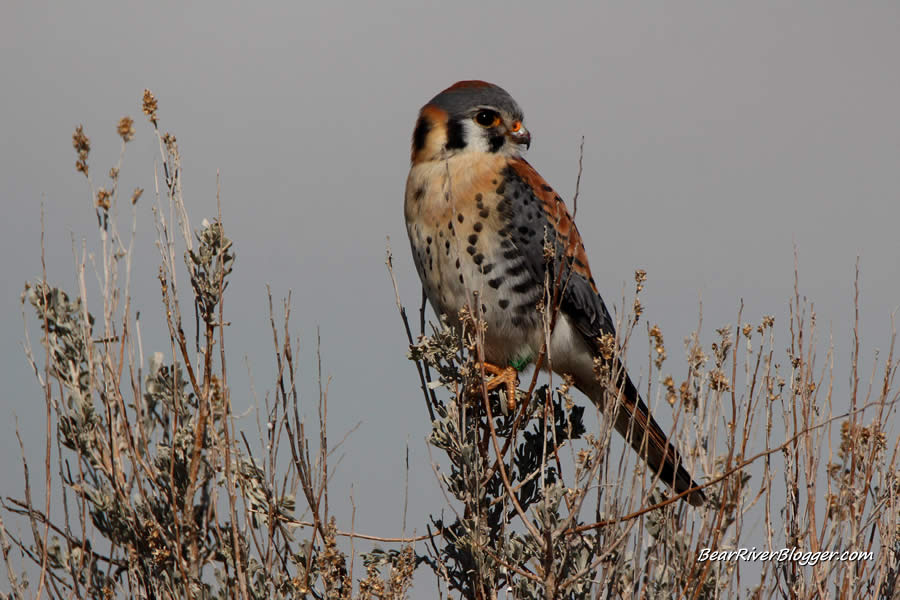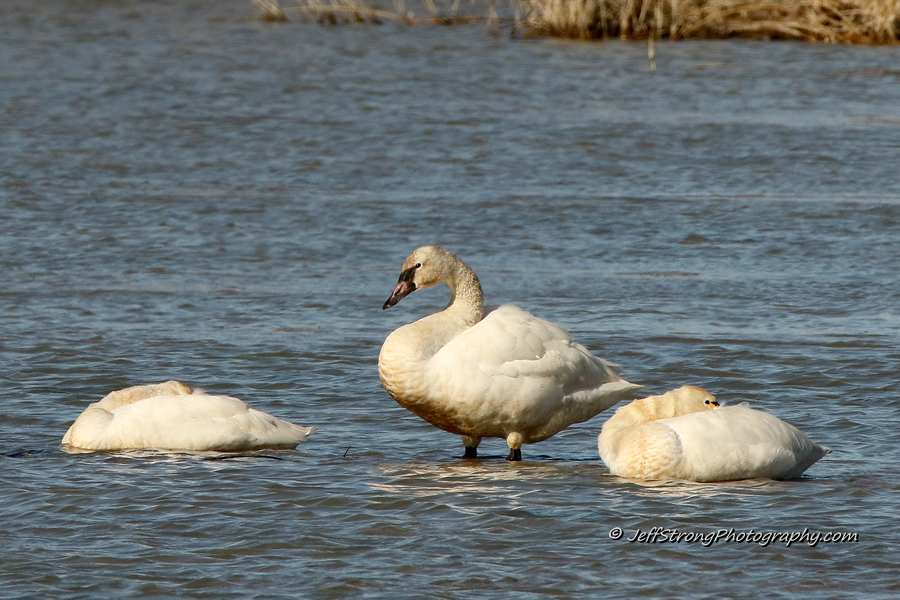Getting right to it, I have a proposal for the Bear River Migratory Bird Refuge and it stems from something that occurred to me this very day as I was heading down Forest Street to take a drive around the auto tour route.
Each and every winter I find numerous American kestrels on Forest Street, sitting on the roadside fence posts or hovering high above the terrain in search of an unsuspecting mouse or vole.
Forest Street on the Bear River Migratory Bird Refuge is actually one of the best places I have found during winter to view, photograph, and enjoy the American kestrel, North America’s smallest falcon.
But once winter finally gives way to spring, it seems the kestrels abruptly leave and are hard to come by on much of the Bear River Migratory Bird Refuge.
It wasn’t until today’s trip to the refuge, however, when I think I figured out why that is.
American kestrels are essentially cavity nesters that lack the ability to excavate their own nesting sites, meaning kestrels need some kind of crevices such as a woodpecker hole, as an example, or even a man-made cavity to nest in.
When natural locations like trees aren’t available, American kestrels can and will nest in man-made locations such as a suitable-sized nesting box commonly referred to as a kestrel box.
But if you’re familiar with Forest Street and the area around the visitors center, you will notice there are no suitable nesting cavities that exists so when it’s time to find a nesting site, the kestrels have to go elsewhere.
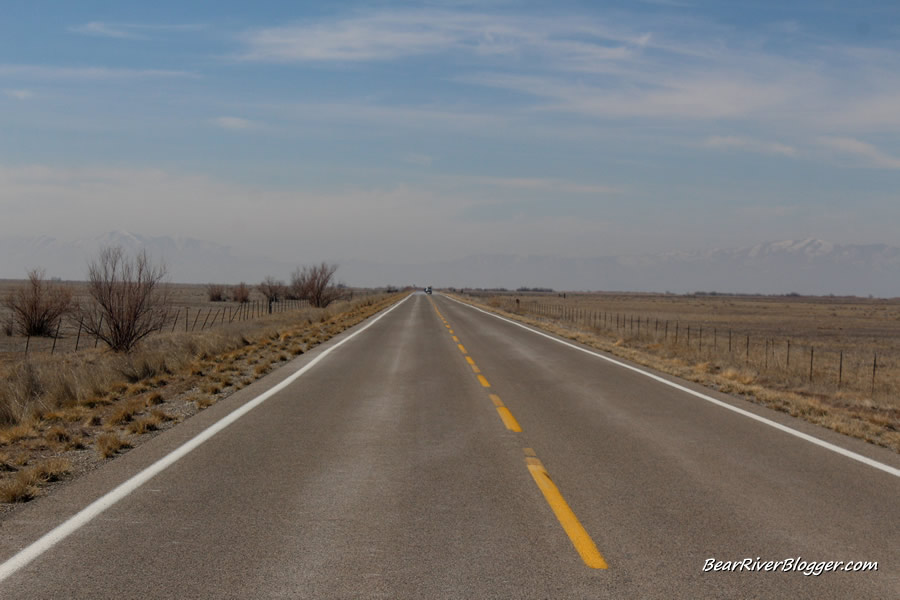
It makes perfect sense why American kestrels are very common during winter on the refuge but hard to come by during the breeding season.
There are lots of mice and voles to hunt and feed on but almost no suitable sites for the American kestrel to use for nesting, either natural or man-made.
I, personally, would like to change that with an easy solution that would not only attract American kestrels to breed along both Forest Street and the visitor’s center grounds but also possibly offer an opportunity for the public to get involved with kestrels on the refuge, including educational opportunities to possibly help monitor nests boxes and even band kestrels, all with the help of a professional, of course.
In fact, I think there are several opportunities the refuge should explore and implement that would help to not only attract nesting birds but could be great educational opportunities for the public as well, including artificial burrowing owl burrows, kestrel boxes, a great blue heron rookery, and even nesting platforms for great horned owls, but more about those in later blog posts.
The simplest, easiest, and quickest of these suggestions to get going would be the kestrel boxes, needing only a kestrel nesting box attached to a tall pole set in the ground.
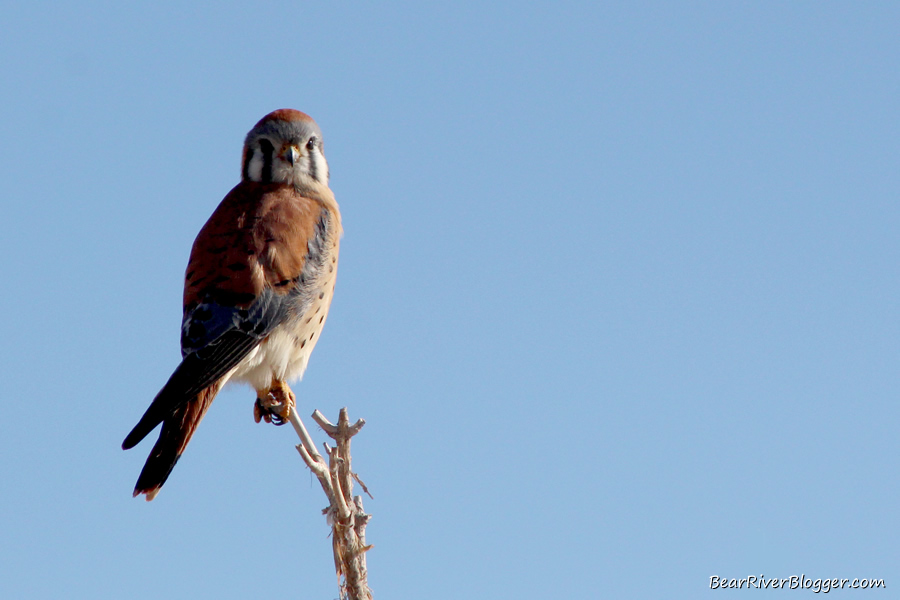
Part of the motivation behind this proposal is education and enjoyment for bird watchers and visitors to the refuge, but another part is to help a reportedly declining American kestrel population by both adding more nesting sites and a place where HawkWatch International could possibly monitor and band the kestrels for research purposes.
The American kestrel population seems to be, at least from my perspective that is, partially hindered by a lack of nesting sites since they don’t build their own nests like many other birds do but rely on finding suitable cavities to nest in.
And it’s such an easy fix to help encourage kestrels to breed locally by adding kestrel boxes on poles in areas such as the Bear River Migratory Bird Refuge which has a well-established population of rodents and other food sources throughout the year.
I am actually such a big proponent of adding kestrel boxes to help encourage more American kestrels to the area, just last week, in fact, I put up a kestrel box of my own on my property to help the cause and have one more kestrel box to put up somewhere else, hopefully on one of my neighbor’s farms if at all possible.
Now I hope the Bear River Migratory Bird Refuge will jump on board and take this proposal seriously and follow my example by adding a few American kestrel boxes of their own along Forest Street and around the nature trail area behind the visitors center.
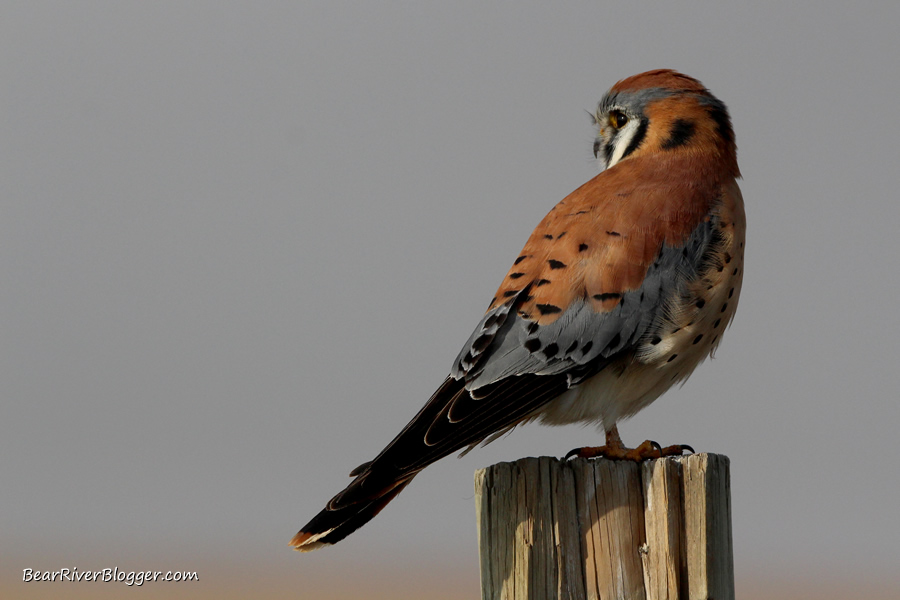
If you are wanting to voice your opinion on the matter, I urge you to email the Bear River Migratory Bird Refuge and let them know you would like to see some kestrel boxes added to the refuge.
Setting up some kestrel nesting boxes would add more bird watching, photography, and educational opportunities to the Bear River Migratory Bird Refuge, all activities that can and would help gain more support for the refuge in an era when support for nature seems to be in short supply.
And if done correctly, it could be a great opportunity for the public to get involved and actually take part in the refuge functions a bit more, giving more ownership and a sense of pride to the public for the refuge and what it is charged to protect, birds and bird habitat, as well as offering more public use and enjoyment along the way.
In fact, all of this can and hopefully would be done by volunteers, allowing the public to take more of a direct and vested interest in the project as well as the refuge while not taking refuge staff from other duties at the same time.
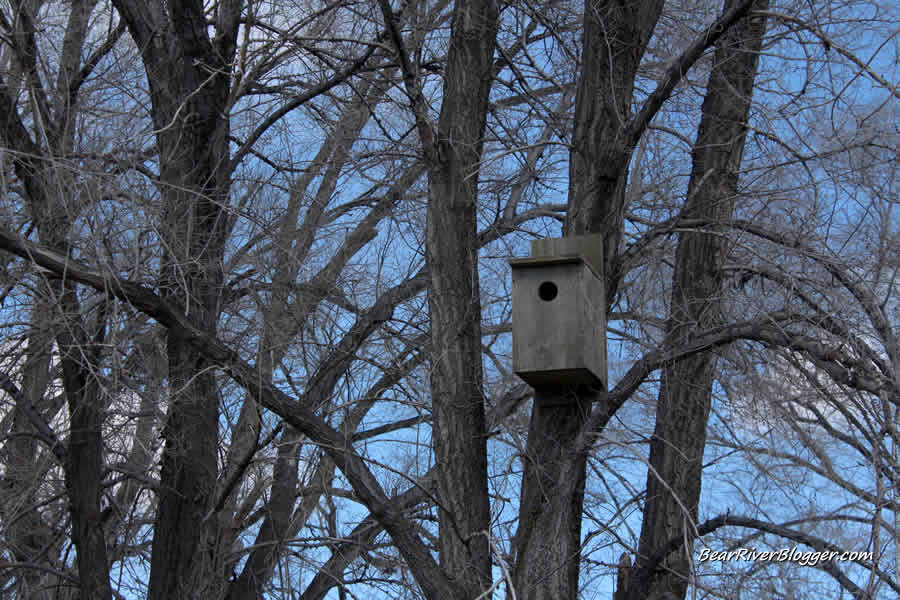
The Bear River Migratory Bird Refuge is, in fact, public land, and it’s about time we, the public, get more involved with our public lands, including the Bear River Bird Refuge and how it is managed for both wildlife and people.
If you are a bird watcher like I am, I offer you to head on over to our subscribe page and sign up for email notifications for future blog posts.
I also have a small but growing YouTube channel where I post occasional video updates about the Bear River Migratory Bird Refuge as well as short nature clips when I can capture them on film.
Let’s Go Bird Watching American Kestrel T-shirt, available in a variety of colors and styles. Visit our online store for more information or to make a purchase, and use coupon code save20 for 20% off for a limited time.
